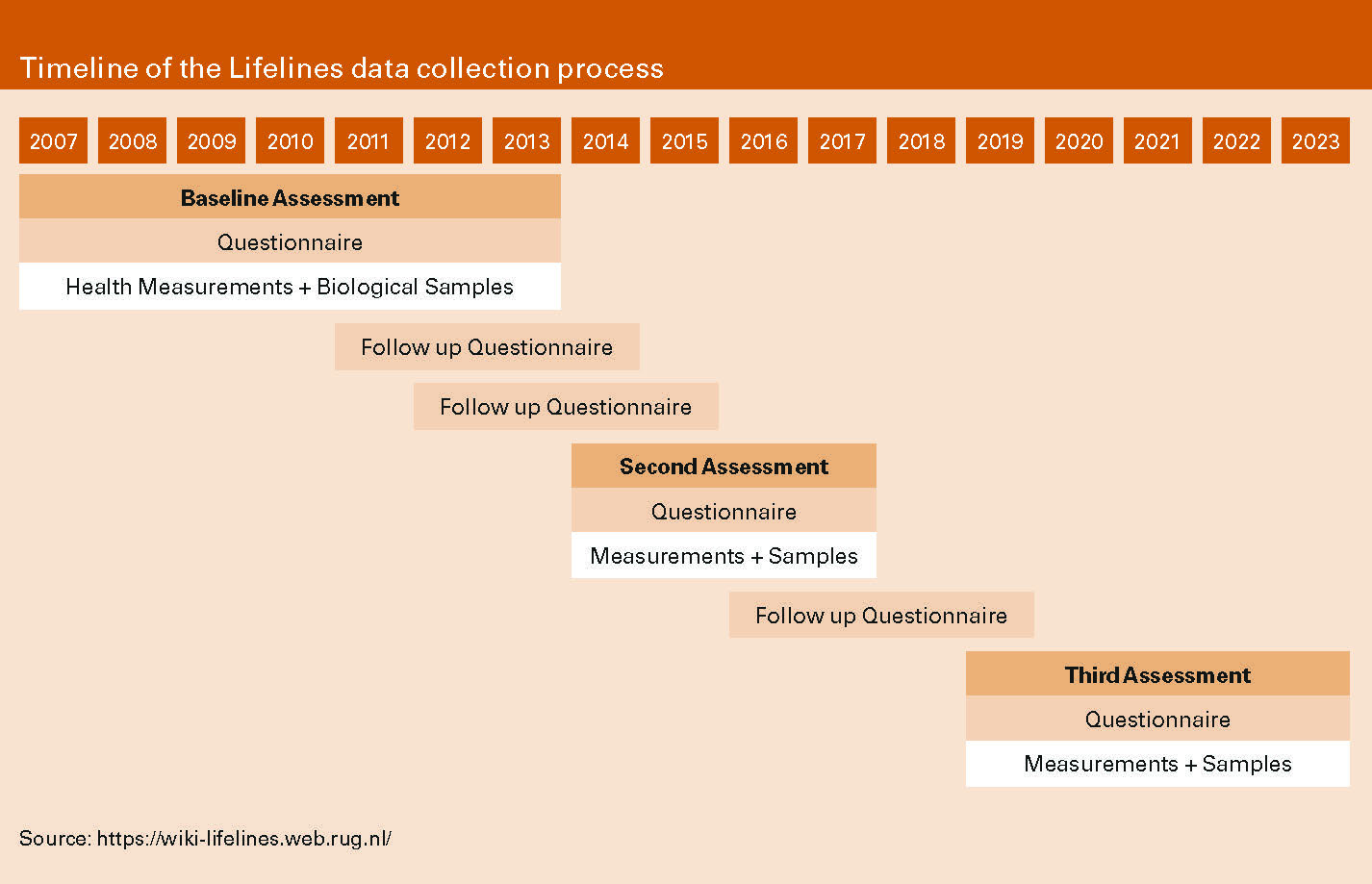История России и возрастно-половая структура населения, часть 1
отклики телеграмма на демографическую политикуНу вот такое, например. Оговорки и уточнения:
1) работать с возрастно-половой пирамидой as is невозможно, потому что после неудач переписи 2021 года оказалась сильно завышена численность поколений, родившихся в круглые годы (1960, 1965, 1970...). Или с апреля 1979 по март 1980 гг. советские люди усиленно любили друг друга и в итоге родили на 10% больше детей, чем на год раньше или на год позже, или всё-таки со статистикой что-то не так. Для устранения возрастной аккумуляции пирамида сглажена методом скользящего среднего. Метод простой, рабоче-крестьянский и привёл к некоторым искажениям в старших и младших возрастах, но наглядности диаграммы это, кажется, сильно не повредило;
2) строго говоря, в России ещё живут примерно несколько десятков людей, которые родились до октября 1917 г., но показать их в масштабе диаграммы совершенно невозможно, да и точная численность этой группы неизвестна (подробнее см. на Global Supercentenarian Forum). Для протокола отметим, что есть ещё россияне, рождённые при Николае II, князе Львове и Александре Керенском — на диаграмме они объединены с рождёнными при Ленине;
3) конечно, не все россияне родились в России и при российских/советских главах государства: кто-то при Кучме, кто-то при Назарбаеве, кто-то при Рахмоне, а кто-то из сахалинских корейцев — и при императоре Хирохито. Было бы здорово это тоже показать, но у меня таких данных нет, поэтому я размечаю пирамиду сугубо по хронологии российских и советских руководителей;
4) кстати о хронологии — она наверняка вызовет у некоторых читателей вопросы, особенно в части 1953 и 1991 гг. Упреждая возможную дискуссию: я художник, я так вижу. В реальности высшая государственная власть в указанные периоды не может быть однозначно атрибутирована одному человеку, скорее речь идёт о дуумвирате или даже триумвирате (март — июнь 1953), поэтому проставлены условные отсечки;
5) при оценке принимается допущение, что в пределах одного года рождения люди распределены равномерно, хотя это неправда: максимум рождений приходится на летние месяцы, а в пожилых возрастах родившиеся в конце года будут несколько многочисленнее, чем родившиеся в начале, из-за влияния смертности;
6) разумеется, всё это без учёта новых регионов, которых в данных Росстата пока нет.





















